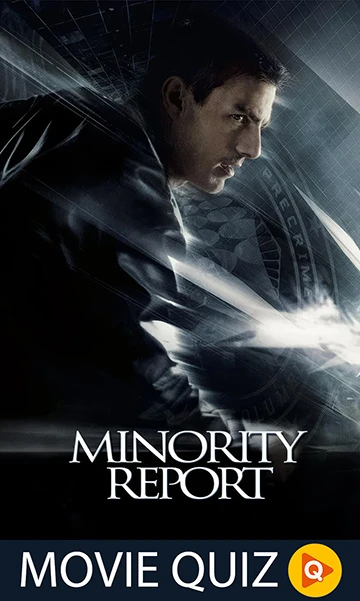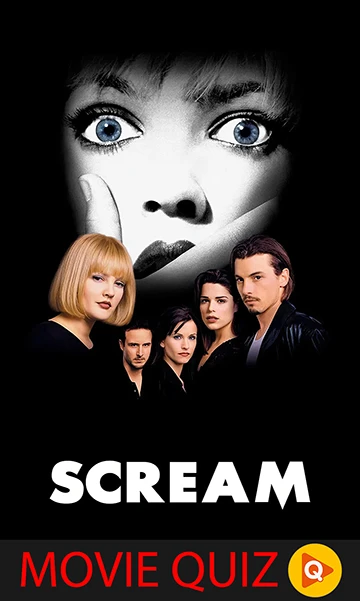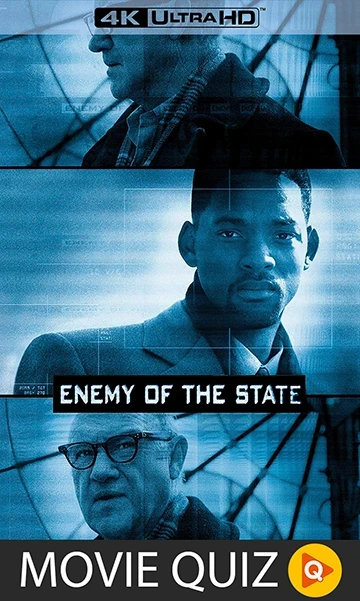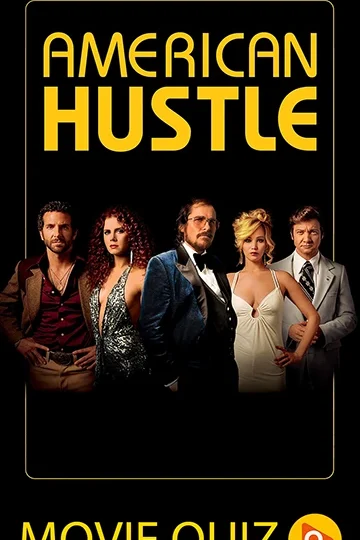
Enter the high-tech, dystopian world of Minority Report (2002) with our ultimate trivia challenge! Directed by Steven Spielberg and starring Tom Cruise, this sci-fi thriller explores a future where crimes are stopped before they happen — but at what cost? With thrilling action, deep philosophical questions, and cutting-edge visuals, Minority Report is one of the most thought-provoking films of the early 2000s.
Think you can remember every twist, vision, and shocking revelation? Put your knowledge to the test with these 10 tricky trivia questions. Only true sci-fi fans and futurists will get a perfect score!
Minority Report (2002) Trivia Questions & Answers
Here are the correct answers to each question, along with detailed explanations to help you dive deeper into the futuristic world of Minority Report (2002):
1) Who directed Minority Report (2002)?
Correct Answer: Steven Spielberg
Minority Report was directed by Steven Spielberg, one of cinema’s most celebrated directors. With this film, Spielberg fused intense action with philosophical questions about justice, surveillance, and fate, creating a thought-provoking vision of the future.
2) Who plays the lead role of Chief John Anderton in Minority Report?
Correct Answer: Tom Cruise
Tom Cruise stars as Chief John Anderton, the head of Washington D.C.’s PreCrime division. His journey from trusted law enforcer to hunted fugitive drives the narrative, as he seeks to uncover the truth behind a predicted murder he has not yet committed.
3) What is the name of the law enforcement program featured in the film?
Correct Answer: PreCrime
PreCrime is a government-run initiative that arrests people based on foreseen crimes. The program is credited with eliminating murder in the city, but its ethical implications and potential for abuse become central to the film’s conflict.
4) In what year is Minority Report set?
Correct Answer: 2054
Set in the year 2054, the film presents a technologically advanced world filled with retinal scanners, predictive advertising, and a justice system powered by precognition. The futuristic backdrop adds realism to the film’s moral and societal questions.
5) What is the purpose of the PreCrime program?
Correct Answer: To arrest people before they commit crimes
PreCrime’s goal is to prevent crimes before they happen, using the visions of the Precogs to apprehend individuals before any harm is done. This raises important ethical questions about free will, justice, and the presumption of innocence.
6) What are the names of the three individuals who can foresee crimes?
Correct Answer: Precogs
The Precogs — Agatha, Arthur, and Dashiell — are mutated humans with the ability to see future murders. Their visions form the basis of the PreCrime system, but they are also portrayed as victims of their own abilities, living in isolation and exploited for their gifts.
7) Why does John Anderton become a target of PreCrime?
Correct Answer: He is accused of a future murder
Anderton is shocked when the system he enforces predicts he will commit a murder. Determined to prove the vision wrong, he goes on the run, questioning everything he believed about justice, fate, and his own past.
8) What technology is used to predict future crimes in the film?
Correct Answer: Visions from Precogs
PreCrime relies on the psychic visions of the Precogs. These visions are projected and analyzed to identify perpetrators and prevent crimes before they occur — though the system’s reliability is ultimately questioned.
9) What is a “minority report” in the context of the film?
Correct Answer: An alternate prediction that contradicts the main vision
A “minority report” is a rare, dissenting vision from one of the Precogs that differs from the majority consensus. The existence of these reports suggests that the future is not fixed, challenging the entire premise of PreCrime.
10) What is a central theme of Minority Report?
Correct Answer: Free will versus determinism
Minority Report deeply explores whether our actions are determined by fate or guided by free will. The film also questions the cost of security, the dangers of surveillance, and the moral limits of predictive justice systems.












